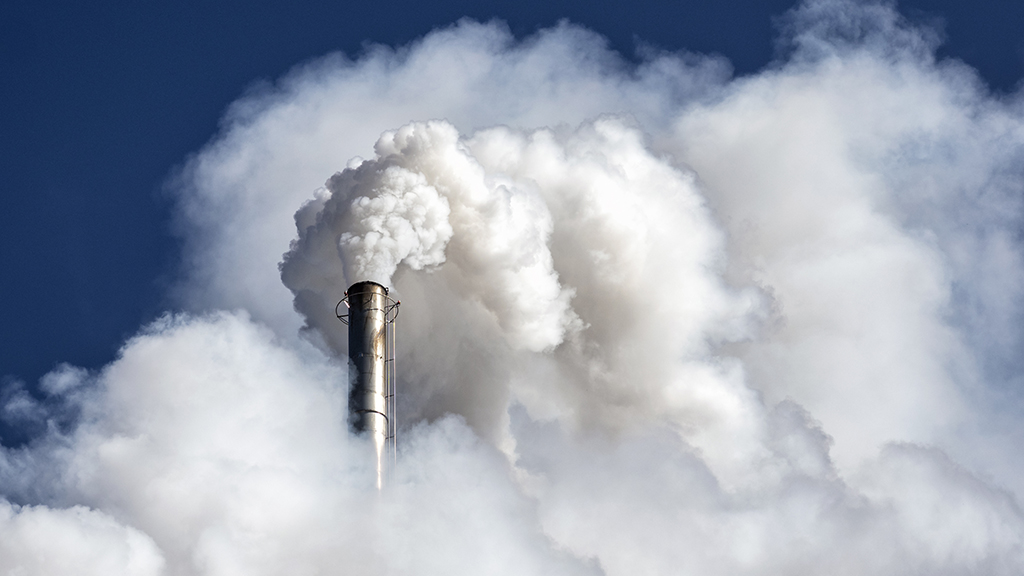Solutions
Double click here to edit new New Header component
-
Solutions
-
SOLUTIONS
Barclays Investment Bank offers advisory, finance and risk management services that connect your ideas to capital and power possibilities.
-
-
Insights
-
INSIGHTS
View thought-leading perspectives from Barclays Investment Bank’s financial experts and Research analysts.
-
-
News and Events
-
News and EventsNEWS AND EVENTS
Get the latest news about Barclays Investment Bank businesses, people and our work in the community, as well as our upcoming events and conferences.
-
- Contact Us
-
Client Login
- Barclays Live
- BARX
Client Login
Parsys 1
Parsys 2
The world is rebounding from the pandemic with a determination to build back better. At the 26th UN Climate Change conference (COP26) in November, governments will outline steps they each need to take to limit global warming. Hundreds of cities and private companies have already pledged to get to “net zero” – removing as much CO2 as they produce – by 2050.
But achieving that will not be easy. In order to cut emissions, the carbon intensity of the energy mix has to fall – which could mean increases in costs that are hard to bear. There are also risks that goals are thwarted by trade disputes, the slow adoption of new technologies, and a lack of political will.
In a recent report, our Research analysts identified five pillars of decarbonisation. The first three can be tackled immediately; the latter two may take a little longer. But each will be vital, if the world is to deliver on its promises.
Pillar 1: An end to waste
Policymakers have put the reduction of unnecessary consumption at the top of their agendas. Our analysts think it belongs there. Cutting demand for energy, while keeping raw materials in use for longer, puts a premium on efficiency. And there is plenty that can be done in this area, on the part of governments, companies, investors and consumers.
Capital goods manufacturers, for example, could make big gains by using software that predicts performance through the life of a piece of equipment. Developers and operators of office buildings – the biggest consumers of energy in the commercial real estate sector – could retool for a post-Covid world, reducing the need for heating, lighting and refrigeration. In “fast fashion,” meanwhile, about 80% of clothing ends up in a landfill or is incinerated. That industry is an obvious target for greater use of recycling.
Where energy demand comes from
Source: BP, Equinor, IEA, Barclays Research. Data shown for 2019.
Pillar 2: More electrification
Electricity is zero-emission, when consumed, and the world needs to rely on it a lot more to hit its decarbonisation goals. Much progress has been made in emerging economies, especially in Asia. But in many developed markets the share of electricity in the total energy mix has stood still, or even slipped. The pace needs to pick up.
For power companies, there needs to be a move away from fossil fuels such as coal and gas. Today, wind and solar account for just 8% of global electricity generation but our analysts estimate that share could rise to more than 70% over the next 30 years – a rate of growth rarely seen in any industry. Meanwhile, society needs to accept that a higher dependence on renewables is likely to mean more volatility in supply. That’s a risk that can be managed by building smarter, more resilient grids and by investing in storage. There is strong potential in lithium sulphur batteries, and solid-state batteries.
Wind & solar growth as part of global electricity generation
Source: Barclays Research, BP statistical review
Pillar 3: Bioenergy to the fore once more
Focus is shifting away from the “food versus fuel” dilemma, under which crop-based biofuels were linked with rising food prices, deforestation and conflict over land. Now there is a new generation of biofuels that can be made from inedible crops and oils, and from agricultural and municipal waste. Our analysts envisage bioliquids accounting for 20% of liquids demand by 2050, while bio-gas accounts for 5% of the gas market.
The production of biofuels from forestry waste
Source: Barclays Research
Pillar 4: Greater use of hydrogen
Hydrogen is light and storable and produces no direct CO2 emissions when converted into energy. That is why society needs to use more of it – and why governments should keep providing incentives to do so.
Today, most of the demand comes from the refining industry, for hydrocracking and desulphurisation, and from chemicals companies, for the production of ammonia. Our analysts expect most of the growth to come from areas that are hard to electrify, such as the heating of commercial and residential buildings and long-haul trucking. Trucking is particularly dirty: the road freight transport industry is the biggest consumer of oil, accounting for about a quarter of global demand. Given that the world’s fleet of trucks is unlikely to shrink, it is imperative that it becomes cleaner. Our analysts estimate that hydrogen-powered trucks could reach over 20% of the total fleet by 2050, from 0.3% today.
Estimate of current global truck fleet mix
Source: Barclays Research
Pillar 5: Carbon sequestration
Governments, companies and consumers are committed to moving to a lower-carbon world. But even after huge changes, there will be sectors and areas where net zero is just not possible – from the perspective of either technology or costs. Nearly 20 gigatonnes per year will be needed in CO2 removal, according to our analysts’ estimates, through direct capture or other offsets such as nature-based solutions.
Global carbon capture and storage capacity
Source: Global CCS Institute, 2020. The Global Status of CCS: 2020. Australia
The development of carbon capture hubs has increased in recent years and should continue, especially in steelmaking. Our analysts also see a big role for stopping deforestation, improving soil management techniques, protecting natural carbon sinks such as wetlands, and restoring damaged habitats. It is not too late to make amends.
Read the full report
Authorised clients of Barclays Investment Bank can log in to Barclays Live to read the full report.
Parsys 3
Related content
Research | Solving Sustainable
Putting a price on carbon
Barclays Research analysts argue that carbon pricing must play a more significant role in public policy in order to limit global warming.
Research | Solving Sustainable
10 ESG Themes for 2022: The transition mission
Our Research analysts see companies, markets and investors grappling with many facets of ESG implementation in the year ahead, from regulatory disclosure requirements to the creation of new quantitative measures of success.
Parsys 4
About the analyst
Lydia Rainforth is a Managing Director and equity analyst at Barclays, based in London. She is responsible for coverage of European Integrated Oil and Gas companies. Ms. Rainforth joined Barclays in January 2009 from Lehman Brothers where she was responsible for coverage of the oil and gas sector in Europe. Ms Rainforth graduated with an MA from the University of Cambridge and is also a CFA charterholder.
Parsys 5
Parsys 6
Parsys 7
Parsys 8
Parsys 9
Parsys 10
Parsys 11
Parsys 12
Parsys 13
Parsys 14
Parsys 15
Parsys 16
Parsys 17
Parsys 18
Parsys 19
Parsys 20
iParsys for Double Pixel component


